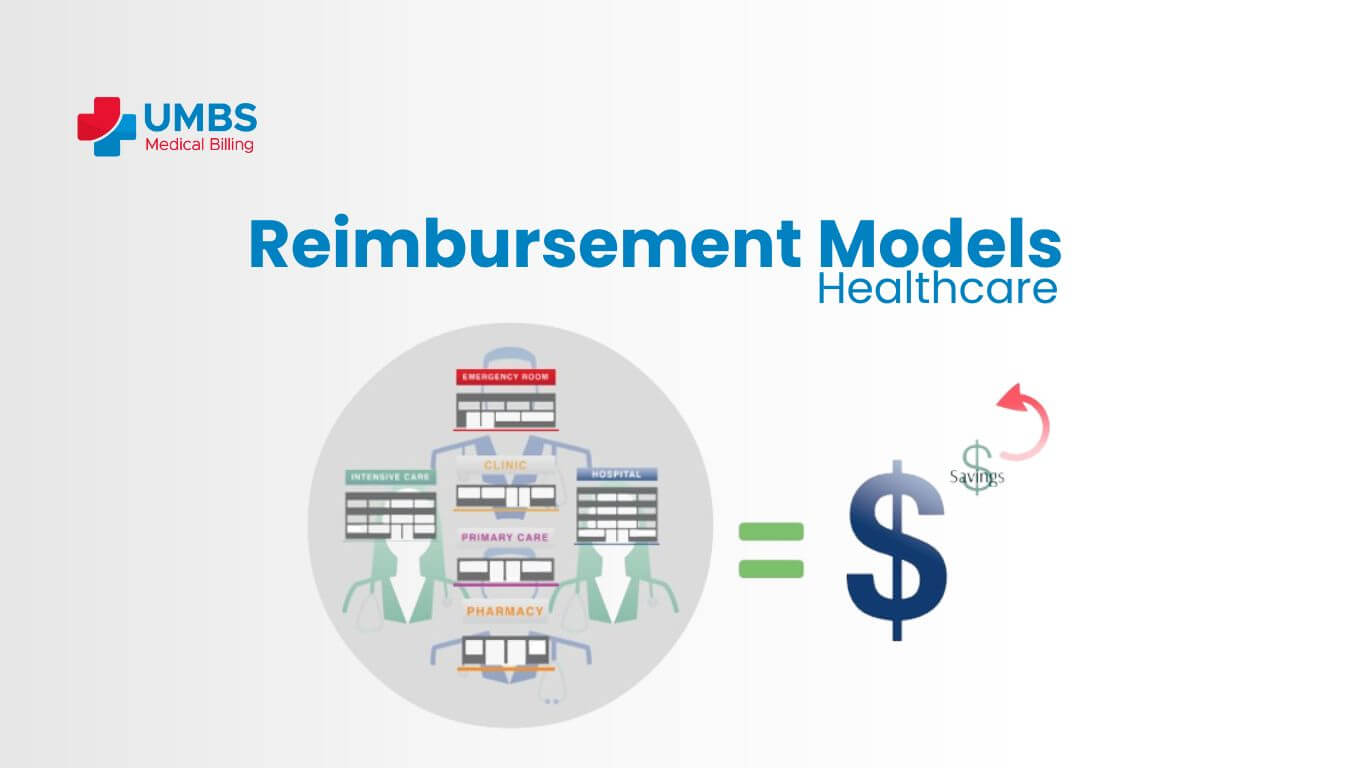Reimbursement Models: The landscape of healthcare reimbursement is undergoing a significant transformation, shifting from traditional fee-for-service models to value-based reimbursement models. This shift represents a fundamental change in how healthcare providers are compensated and aims to prioritize the delivery of high-quality care over the quantity of services rendered.
In this article, we’ll explore the essence of value-based reimbursement models, their key components, and their impact on the healthcare industry.
The Drive Towards Value-Based Reimbursement
Historically, healthcare reimbursement has been rooted in fee-for-service models, where providers are paid based on the volume of services they deliver. This approach has sometimes incentivized quantity over quality, potentially leading to unnecessary tests, procedures, and costs.
Value-based reimbursement models flip this paradigm by emphasizing the value of care delivered. In essence, they reward healthcare providers for delivering high-quality care that leads to improved patient outcomes and satisfaction while controlling costs.
Key Components of Value-Based Reimbursement Models
At the heart of value-based reimbursement are quality metrics. These are standardized measures that assess various aspects of patient care, such as clinical outcomes, patient experience, and adherence to best practices. Providers are evaluated based on their performance against these metrics.
- In value-based models, payment adjustments are made based on a provider’s performance. This can involve bonuses for surpassing quality benchmarks or penalties for falling short. These adjustments create financial incentives for providers to prioritize quality care.
- Some value-based models introduce risk-sharing arrangements between healthcare providers and payers. These arrangements entail providers taking on financial risk if they fail to meet quality and cost targets. Conversely, they can earn additional revenue for exceeding these targets.
Another common feature is episode-based payment, where a single payment covers an entire episode of care, from diagnosis to recovery. This encourages care coordination and discourages unnecessary tests and procedures.
Common Value-Based Reimbursement Models
Providers receive financial incentives or penalties based on their performance against quality metrics. P4P models are often seen as an initial step towards value-based care.
- ACOs are groups of healthcare providers who share responsibility for the care and outcomes of a defined patient population. They are financially rewarded for achieving quality and cost targets.
In these models, a single payment covers all services related to a specific medical condition or procedure. This promotes cost-effective care and care coordination.
PCMHs focus on delivering comprehensive, coordinated, and patient-centered care. Providers receive incentives for achieving quality and cost goals.
Impact on Healthcare Providers
Value-based models encourage providers to invest in preventive care and early intervention, aiming to reduce costly complications down the road.
- Coordinated care across various specialties and settings becomes essential in value-based care, leading to better patient experiences and outcomes.
- Robust health information technology (IT) systems are crucial for tracking and reporting quality metrics. Providers need to invest in EHRs and data analytics tools.
Providers’ financial incentives shift from maximizing the volume of services to delivering efficient, high-quality care.
Challenges and Future Outlook
Effective data sharing and integration across different healthcare systems and providers remain a challenge in value-based care.
- Developing standardized quality metrics that apply to various specialties and conditions is an ongoing challenge.
- Providers need to carefully manage financial risks in risk-sharing arrangements to avoid losses.
In conclusion, value-based reimbursement models represent a transformative shift in healthcare financing, aligning financial incentives with the delivery of high-quality care. While challenges exist, the potential benefits in terms of improved patient outcomes, cost control, and a focus on preventive care make these models a driving force in the future of healthcare reimbursement. Understanding and adapting to these models is becoming increasingly vital for healthcare providers seeking to thrive in this evolving landscape.






